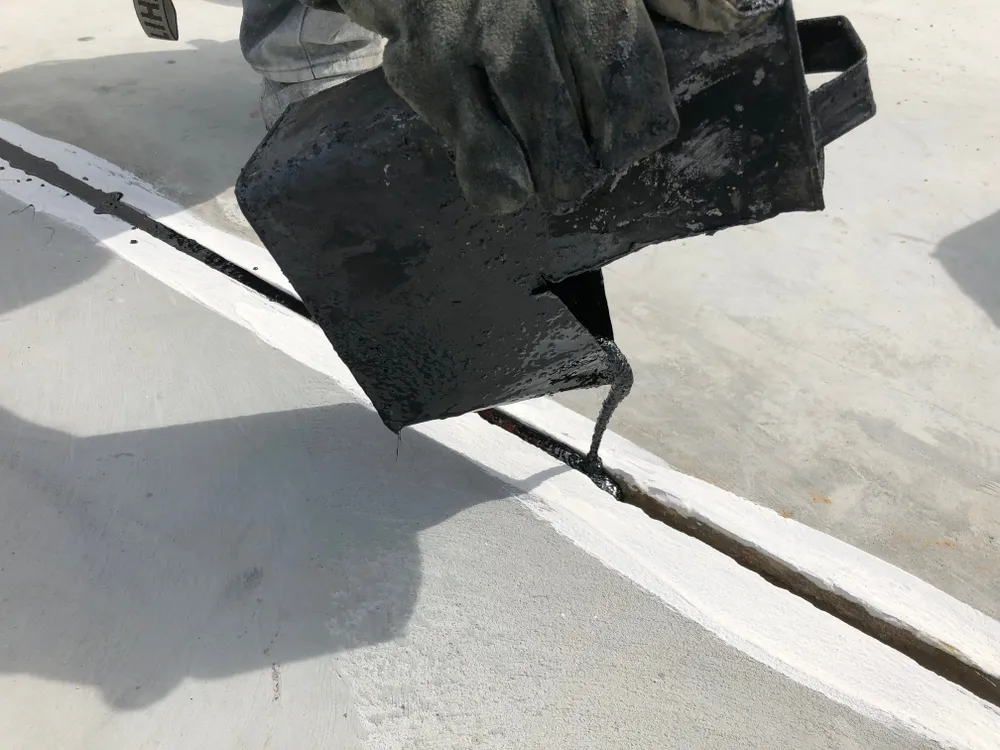When it comes to concrete structures, whether it’s a driveway, sidewalk, or a large commercial building, one term that often comes up is “concrete expansion joint.” But what exactly is it, and why is it so important? Let’s break it down in simple terms.
What is a Concrete Expansion Joint?
A concrete expansion joint is a gap inserted between sections of concrete to allow for the material’s expansion and contraction. This movement can be due to temperature changes, moisture, or other factors. Without these joints, concrete could crack under the stress of movement, leading to damage and the need for repairs.
The Role of Expansion Joints in Concrete
The main job of an expansion joint is to prevent cracks. When concrete expands, the joints absorb the expansion and prevent the concrete from pushing against itself or other structures, which could lead to cracking. In colder months, concrete contracts, and the joints accommodate this contraction without the risk of the concrete pulling apart.
Types of Concrete Expansion Joints
- Asphalt Expansion Joints: Commonly used in roads and bridges, these joints absorb thermal expansion and contraction efficiently.
- Rubber Expansion Joints: These are used in areas requiring a flexible joint material, often found in between sections of buildings, sidewalks, and other structures.
- Fiber Expansion Joints: Made from fibrous materials, these joints are used in residential and light commercial applications for their cost-effectiveness and ease of installation.
Choosing the Right Concrete Expansion Joint Filler
Not all expansion joint fillers are created equal. The right filler material will depend on the specific needs of your project. For example, a silicone-based filler might be used for outdoor applications due to its weather resistance, while a polyurethane filler might be chosen for areas that require more flexibility. The key is to choose a filler that can withstand the movements of the concrete without losing its integrity.
- Silicone-Based Fillers: Known for their flexibility and weather resistance, making them ideal for outdoor applications.
- Polyurethane Fillers: Offer excellent flexibility and are suitable for areas with significant movement.
- Foam Backer Rods: Often used in conjunction with sealants, providing a cost-effective solution for filling joints.
Installation and Maintenance
Proper installation of concrete expansion joints is crucial for their effectiveness. The joints should be placed at specific intervals and depths to allow for optimal movement. Once installed, maintenance involves regular inspections to ensure the filler material remains intact and functional. Over time, the filler may need to be replaced to maintain the joint’s effectiveness.
FAQs
How often should concrete expansion joints be inspected?
Inspection should occur at least annually, or more frequently in areas with extreme weather changes.
Can existing concrete structures be retrofitted with expansion joints?
Yes, existing structures can be retrofitted, but they require precise cutting and placement by professionals.
How wide should concrete expansion joints be?
The width can vary based on the concrete slab’s size and the expected range of movement, typically between 1/4 inch to 1/2 inch.
Are expansion joints necessary for all concrete projects?
While small, residential projects might not always require them, most commercial and public works projects will benefit from expansion joints to prevent cracking and structural damage.
How do I know if my expansion joint filler needs to be replaced?
Signs include cracking, crumbling, or significant wear in the filler material, indicating it’s time for replacement.
Can I install concrete expansion joints myself?
For small projects, DIY installation can be feasible with the right tools and materials. However, for larger, more complex projects, professional installation is recommended.
Final Thoughts
Concrete expansion joints are a vital component of any concrete structure. They play a crucial role in maintaining the integrity and longevity of concrete by allowing for natural movements without damage. By understanding the importance of these joints and choosing the right filler material, you can ensure that your concrete installations remain strong and durable for years to come.
Remember, the key to a successful concrete project is not just in the pouring but in the planning and preparation. Including well-designed expansion joints in your project is an essential step in that process.

